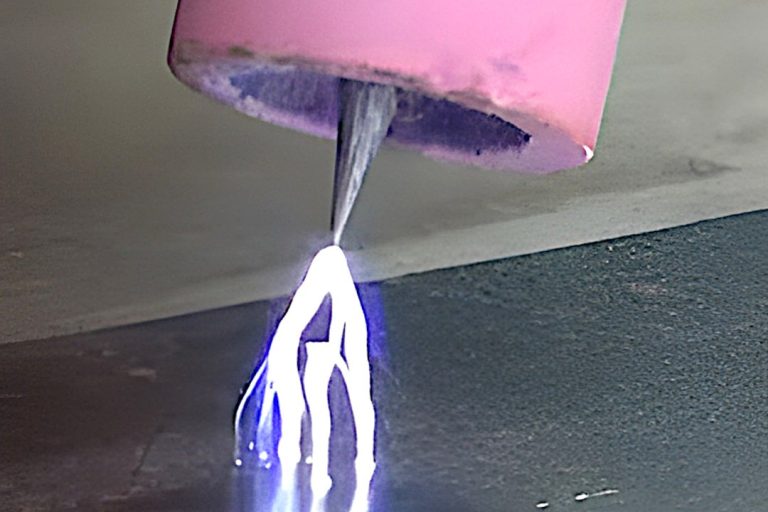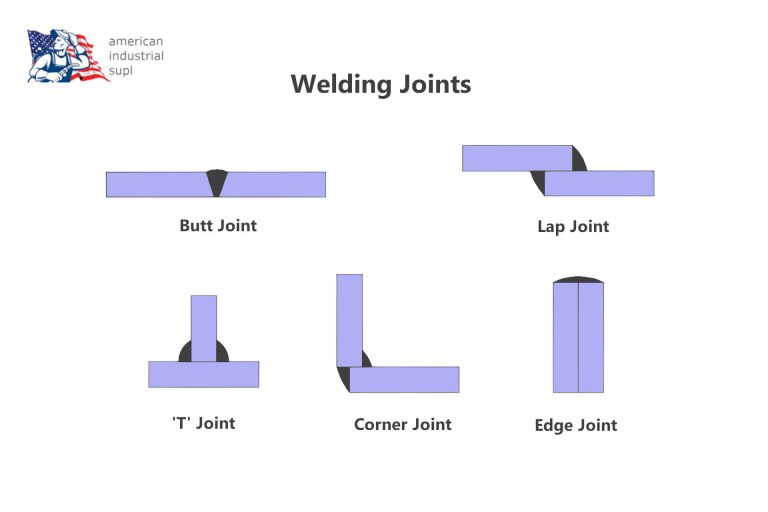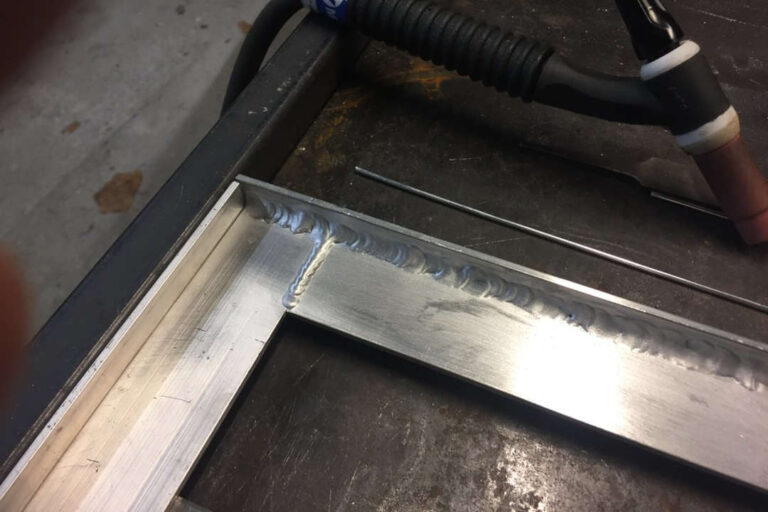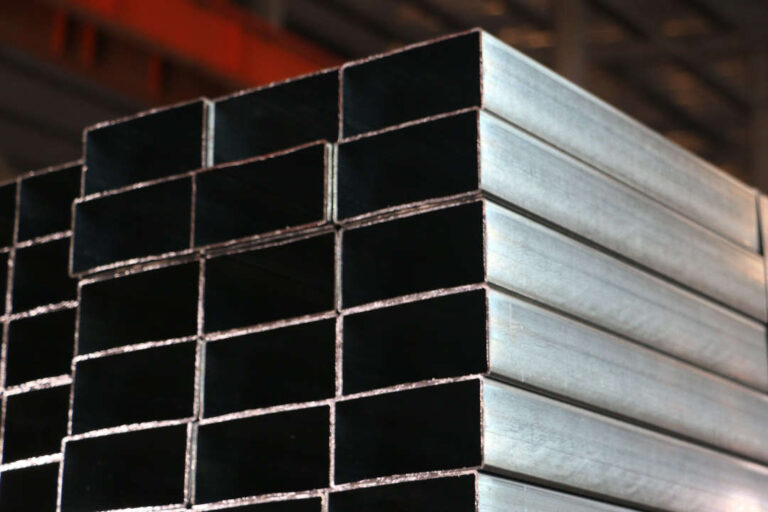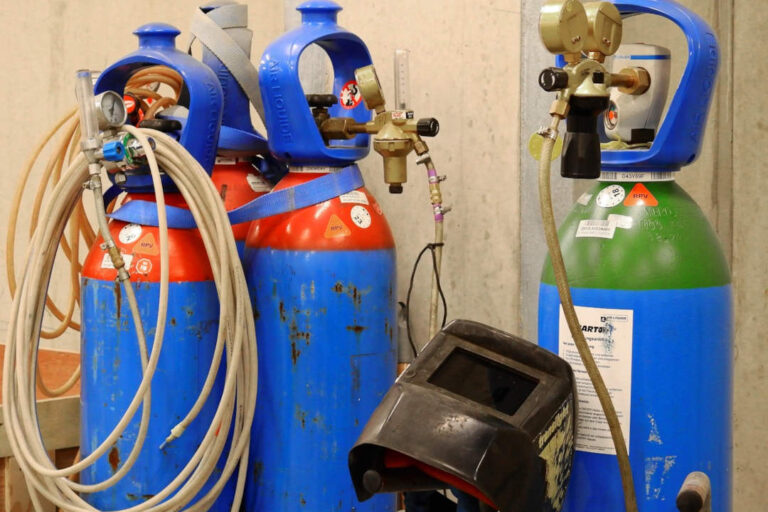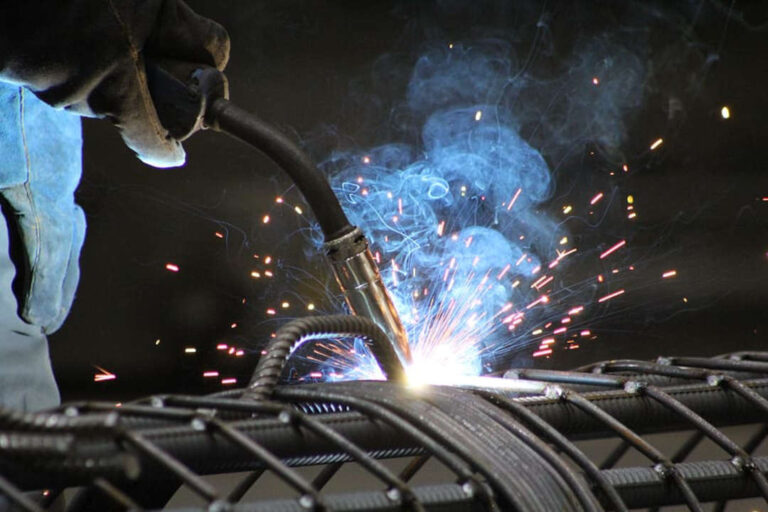Compare TIG Welding Ignition Methods: Scratch vs Lift vs High-Frequency Start TIG
When you’re aiming for clean and successful welds, the way you initiate the arc plays an important role. In TIG welding (Gas tungsten arc welding –GTAW), getting off to the right start isn’t just about skill; it’s about choosing the right technique for the job. Today, we will compare tig welding ignition methods: scratch vs lift…
